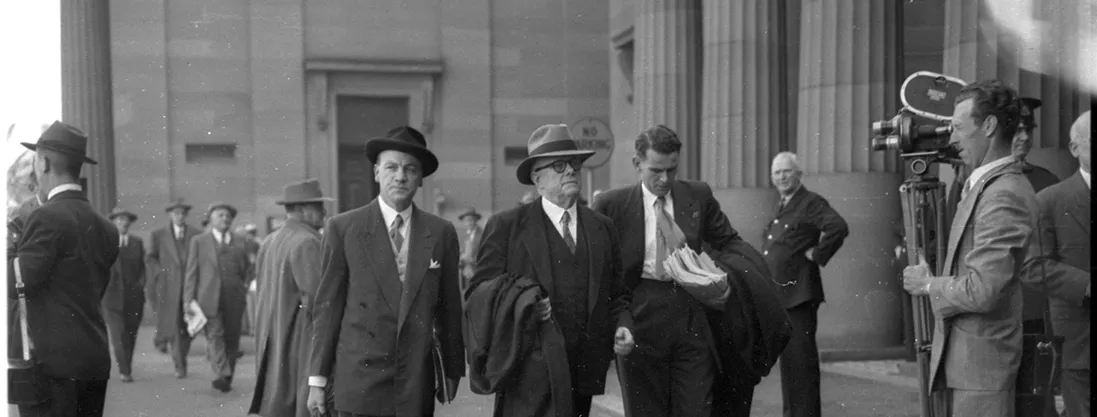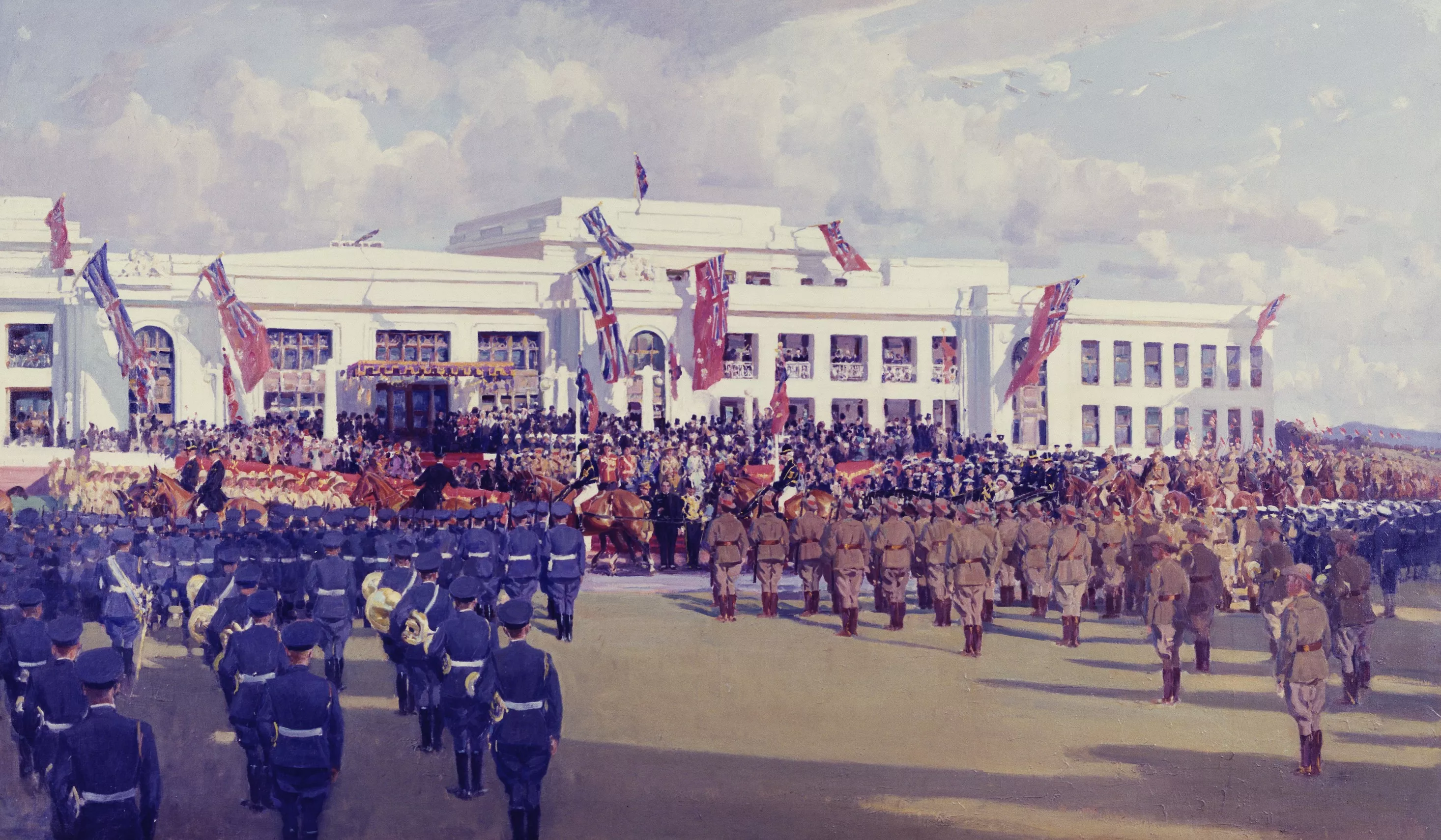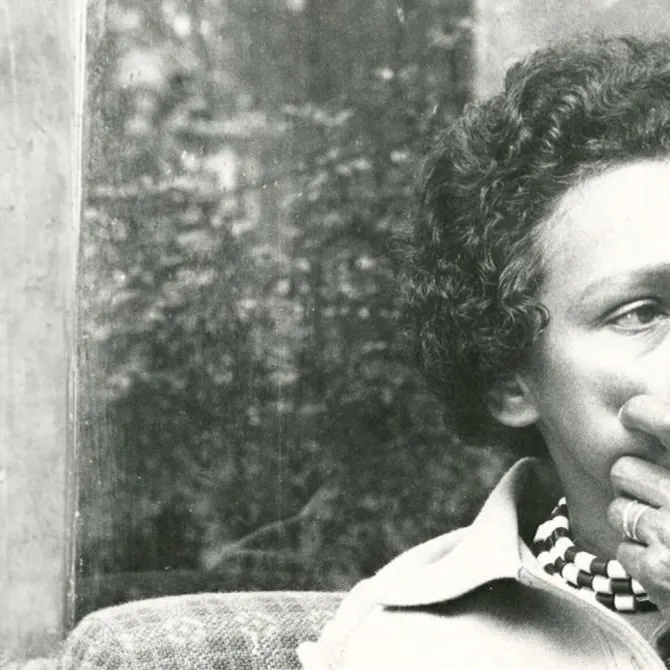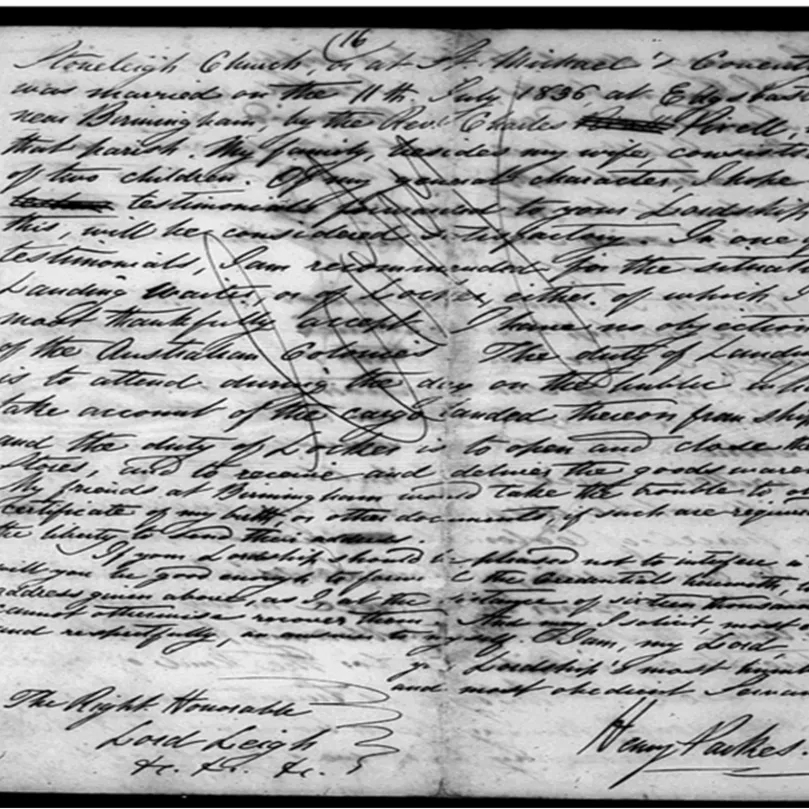What's so 'royal' about a royal commission, and what are they, anyway?
- DateThu, 04 Aug 2016
Whenever there is a very serious issue in our public life – especially when it involves possible illegal activity, impropriety or incompetence – there are calls for a royal commission to look into the matter.
Why can't our governments, courts or police deal with them?
Inquisitorial or advisory
Royal commissions are the highest form of public inquiry in Australia, appointed to investigate specific issues, and they have powers often not available to other types of inquiries. They can provide advice and options to governments or they can be inquisitorial – focused on getting to the truth of an issue – usually one involving allegations of wrongdoing but also following a major disaster. Inquisitorial royal commissions use wide-ranging coercive powers. They can call and cross-examine witnesses and offer indemnities to them, obtain evidence, and have rights of entry and surveillance. And, contrary to common law, there is no protection against self-incrimination for those who appear before a royal commission. But they are not judicial; they bring down no verdicts. Governments see royal commissions as a 'last resort', to be called on when all other bodies are felt to be unsuitable.
Once started a government can't stop a royal commission
What makes a royal commission different from other public inquiries is that they are created under legislation that confers on them specific powers of investigation. For the Commonwealth this is the Royal Commission Act 1902, one of the earliest pieces of legislation passed by the parliament of newly federated Australia. A commission is created by the governor-general on the advice of the government and formally appointed by 'letters patent'. One effect of this is that once appointed, the government cannot stop it – so governments frame the terms of reference very carefully and include a date by which it must finish (although extension can be negotiated). Commissions are usually chaired by one or more notable figures. Often these are retired or serving judges. And because the formal titles of the commissions are often long and complex their reports are often known by the name of the commission's chair.
Too many royal commissions?
The inquiry into the mistreatment of youth in Northern Territory detention will be the 133rd royal commission at the federal level, and the fifth one dealing specifically with the Northern Territory. The first Commonwealth Royal Commission was in 1902 and investigated the mistreatment of troops returning from the Boer War in the SS Drayton Grange. Governments are usually sparing in their use of royal commissions – the average is just over one per year. Between 1910 and 1929 there were 54 royal commissions – just under three per year on average, while the Whitlam Labor government established 13 over its three years in power.
Why 'royal'?
And what is so 'royal' about them? In formal terms they're 'royal' because of the letters patent issued from the Crown, represented by the governor-general. But little beyond that. In 2009 the Australian Law Reform Commission found only that the 'royal' should remain 'for reasons of status and perceptions of independence'.









